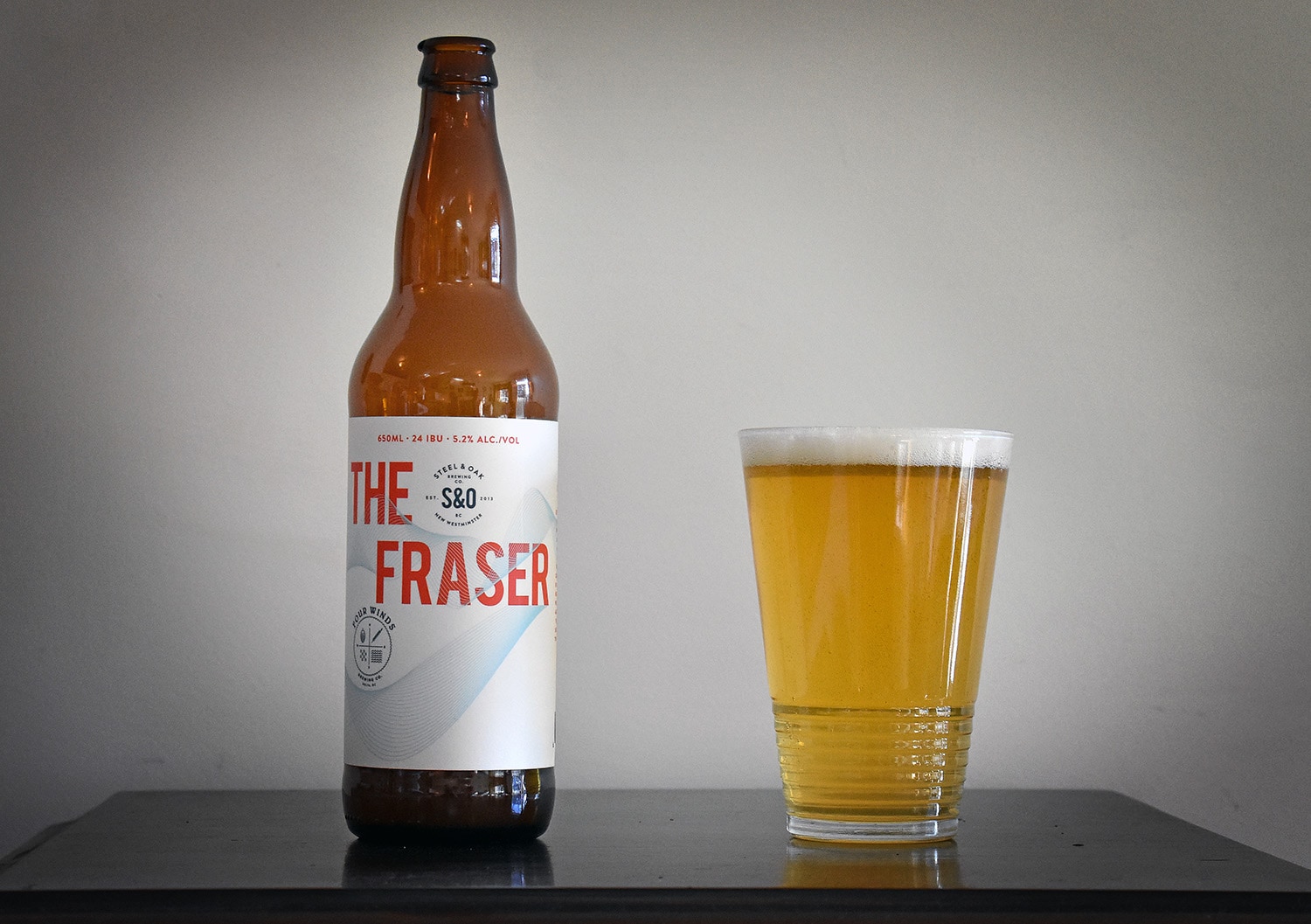
Part 2 in a four-part series exploring the basic building blocks of beer…
Beer starts with grain in just about every way. Even historically.
There’s no canonical origin story for beer, but the myth goes that one of our more careless gruel-making ancestors in the Middle East accidentally left a bowl of grains steeping in water outside. The sun dried out the grains and warmed them up, before a rain shower soaked them again. When some friendly airborne yeast came along to start fermentation, beer was born.
Serendipity never tasted so good.
Grains are the basis of any beer recipe. When steeped in hot water, they make what’s called wort, a rich, sweet liquid that goes on to be boiled, seasoned with hops and fermented by yeast. Think of it like stock in a soup: the complex base that gives the whole recipe depth.
By grains, we mostly mean barley. It’s the ideal brewing grain thanks to its high levels of protein, starches and the enzymes that can break down those starches into sugars required for fermentation.
Before barley can be used for brewing, it has to be malted. Malting is an art form in itself, which requires knowledge of the type of barley and the optimum time for moistening the grains, then heating them to dry them. The moisture tricks the grains into sprouting, which activates their enzymes; drying the grains locks their properties in place. The extent of the subsequent kilning period determines the kind of malt you end up with.
Varieties such as pale and pilsner malt, which are barely or lightly kilned, make up the bulk (or sometimes all) of a grain bill. They can be supplemented by specialty malts, which range from toasted (for example, Vienna and Munich malts), to stewed and roasted (crystal malt) to near burnt (black or chocolate malt).
The ratio of these malts in the grain bill affects the beer’s flavour, from the biscuit and cracker notes of lightly kilned malt, through the sugary caramel of crystal and the roasted coffee and bitter chocolate of black malts. Beer colour is also determined at this stage, with even a smattering of specialty malt significantly darkening a brew.
After the grains are crushed to the right consistency (another fine skill in itself), you’re ready to make your wort. This procedure, known as mashing, is arguably the most technical part of the brewing process. Without getting too big-wordy, important factors here are the temperature of the water (which can be adjusted to yield different sugars and proteins); maintaining an optimum acidity; and maximizing the extraction of sugars. Like most of the brewing process, the number of variables are dizzying.
While brewers clearly pay a lot of attention to the importance of grains, it seems strange that so much of the craft beer-drinking public in North America doesn’t. Many people can reel off their favourite hop varietals and even identify them in a beer; many fewer can do the same with barley and its many malted forms.
It’s a shame, because malt offers a delicious range of nuanced flavours. Its sweetness and depth is what makes beer nourishing and comforting. Malt-forward styles are some of the most satisfying brews out there: from dark mild through dry stout, Scottish export, doppelbock and English barley wine.
“Because hops have such a dramatic effect on flavour, it becomes natural that everyone focuses on that. But the fact is you can’t make a great beer, a balanced beer, without malt being played properly,” says Matt Phillips, who began malting in house at the newly christened Phillips Brewing & Malting Co. in Victoria in 2015.
Eric Moutal, head brewer at Steel & Oak Brewing Co. in New Westminster, agrees.
“Everybody wants the latest and greatest hop. But what’s behind that is the grain and that can make or break a beer completely,” says Moutal.
“Normally, grains are where I’ll start. … Which base malt do I want first? Whether that’s Canadian or German; or pilsner malt, pale malt, Vienna. Is colour is an important factor of the recipe? It depends on the beer; it depends on my mood sometimes.”
Being an inventive bunch, brewers rarely confine themselves to barley in their grain bills.
Wheat makes an appearance in many recipes, even if it’s purely for its proteins to boost a beer’s head. Rye has recently gained traction in the craft brewing world because of its assistance with mouthfeel, but also for the earthy spiciness and gentle dryness it lends. Oats, too, are becoming more popular.
With the range of fermentable grains – we’ve not even mentioned rice, corn, amaranth, buckwheat, millet, sorghum, spelt and triticale – and their malted forms, there’s potential for a kaleidoscope of aromas, flavours and mouthfeel beyond what’s commonly known at present.
Just consider the difference between raw and malted oats.
“Flaked oats have a nice creaminess … it’s almost oily on the tongue. Malted oats are almost the complete opposite; they provide almost a cider-like quality, dryness, astringency. It almost thins out the beer,” says Moutal, who uses many different grains across Steel & Oak’s lineup.
What’s more, the nascent industry of malting shows real signs of expanding in B.C., thanks to the success of pioneering projects like Phillips’. At least half of his company’s beer is already using its own malt from B.C. barley, Phillips says.
With brewers excited to use local malt and showcase its properties, it’s very possible we may be on the verge of a grain renaissance in the brewing world.




